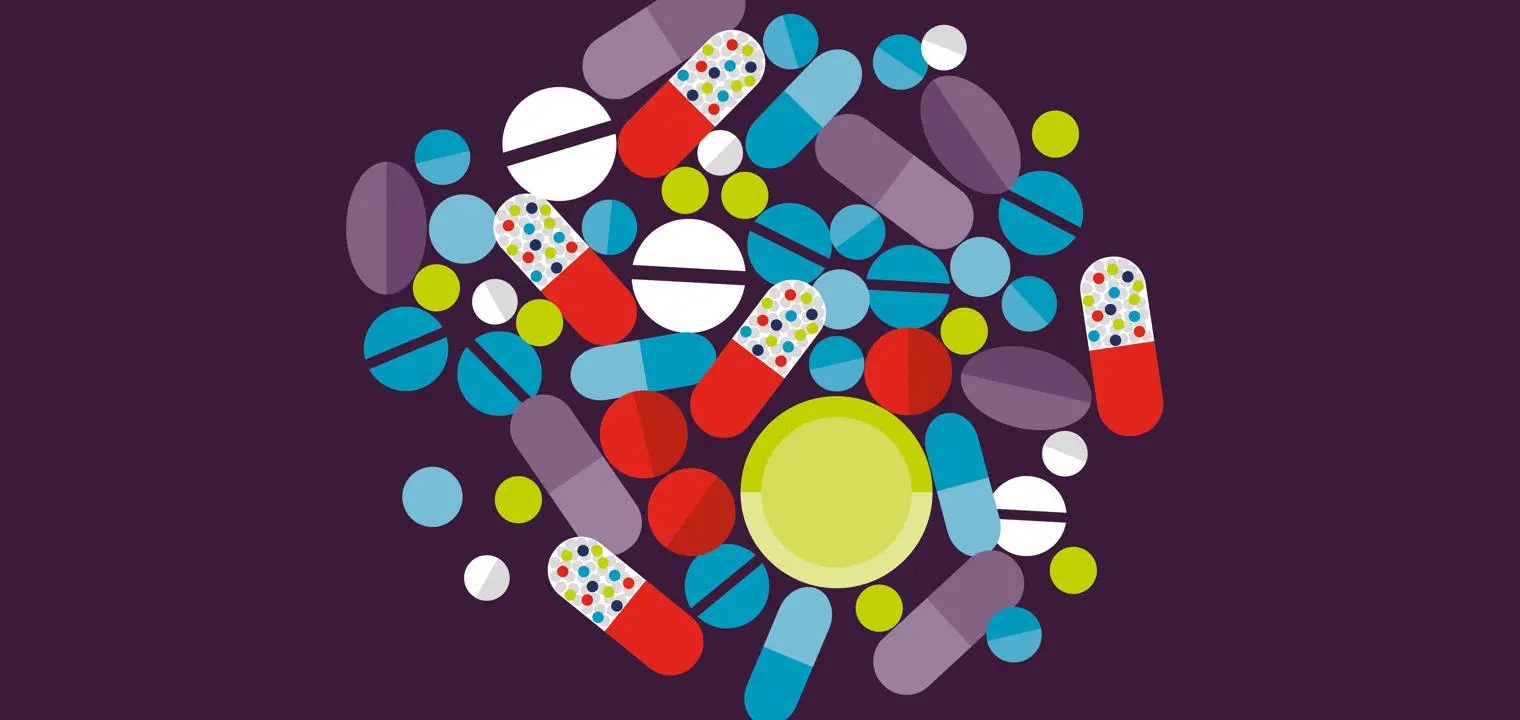Do new drugs work? Why comparative data is key

Contents
The Food and Drug Administration (FDA) in the United States and European Medicines Agency (EMA) in the European Union serve as gatekeepers to the largest pharmaceutical markets worldwide, collectively accounting for 60 per cent of total drug sales. Both are tasked with the goals of granting expeditious access to promising new treatments, while also requiring adequate data before approval to protect patients from ineffective or potentially harmful products.
Both have been busy. In 2018, the FDA approved 59 drugs, compared to an average of 28 drug approvals per year during the preceding decade. The EMA approved 42 new drugs the same year. These are record-breaking numbers of new drug approvals. This should, in theory, give doctors more scope to treat patients in more targeted and effective ways. But if clinicians are to make informed decisions, access to rigorous data comparing the potential benefits and harms of these new drugs against existing ones is essential.
Our research, however, has revealed a significant lack of data around how these drugs perform when compared to medicines already available.
The absence of comparative data impacts on all levels of the health care system.
Belief vs reality
According to a national survey in the USA, almost three-quarters of clinicians believed that FDA approval is based on the new drug showing at least comparable effectiveness to other alternatives already on the market. Yet we found that fewer than half of new drugs approved in Europe and the USA were able to show their comparative benefits and harms against treatments already on the market.
Furthermore, of those that were comparatively trialled, this was seldom done in a way that produced meaningful data which would support doctors in making informed decisions for clinical practice and health policy.
Pharmaceutical companies are sometimes required to conduct studies once their drugs are approved, however here too the research landscape is fragmented and often studies remain incomplete many years after approval.
Why the data gap?
There are several reasons why head-to-head data is not routinely provided when new drugs go through the regulatory process.
First, as regulatory bodies are not required to assess new drugs against available alternatives, pharmaceutical companies do not routinely collect comparative data. Deciding which drugs to test against is also not a straightforward process. Similar drugs may have different clinical benefits or cost profiles, for example.
Legal and regulatory changes in Europe and the USA have also created a complex mix of expedited programmes aimed at facilitating faster access to new drugs. While such fast-track programmes are justified as a way to meet patient demand for potentially effective therapies, in the USA, more than three-quarters of new drugs are now approved through such programmes. In other words, these programmes have now become the norm. Furthermore, studies have found that these drugs have shorter development times and receive regulatory approval far faster than those that are not.
If clinicians are to make informed decisions, access to rigorous data is essential.
How to incentivise comparative testing
The absence of comparative data impacts on all levels of the health care system, impeding not only individual patients and clinicians but leaving health technology assessment bodies, such as the National Institute for Health and Care Excellence (NICE), often reliant on mathematical models and simulations based on assumptions to approve or reject new medicines.
So what can be done? We propose a set of five key principles which we believe would incentivise pharmaceutical companies to generate comparative data and assure the timely availability of evidence, which will aid decision making.
First, provide greater transparency on what data is, or is not, available through product labelling. As labelling is the primary regulatory tool for communicating information about drugs to clinicians and patients, we recommend requiring labels to include the information about whether head-to-head studies have been conducted at the time of approval.
Second, a more selective use of expedited programmes would ensure fewer drug approvals on the basis of incomplete benefit and harm data. We recommend these programmes be reserved for a clearly designed set of circumstances, with new guidelines developed around the eligibility of drugs for inclusion to these programmes.
Third, regulators should encourage Randomised Control Trials (RCT) with active comparators. Strategies to encourage this include helping to offset the additional costs of including like-for-like tests as part of RCTs, simplifying participant recruitment processes and data collection.
Fourth, we recommend prospectively designing network meta-analysis. Network meta-analysis is a statistical method to assess the relative benefits and harms of multiple treatments that are not compared directly. Regulators should address current issues which limit their usefulness for decision-making around new treatments when they enter the market.
Finally, we suggest making comparative effectiveness evidence an explicit criterion when it comes to pricing. Buyers in health systems consider a complex mix of factors when it comes to payment, including the availability of alternative treatments, rarity of disease and cost-effectiveness. Adding comparative data to the list would encourage manufacturers to trial drugs against available comparisons pre-joining the market.
These are the recommendations from one in a series of papers published by an international group of experts in The Lancet, which argue that there needs to be a move towards creating a comparative evidence base on new medicines as they come to market.
Such data will help policymakers, clinicians, and patients make informed decisions as to the benefits and risks of new drugs, and surely, that is an ethical responsibility of regulators and manufacturers alike.
Download a PDF version of this article




